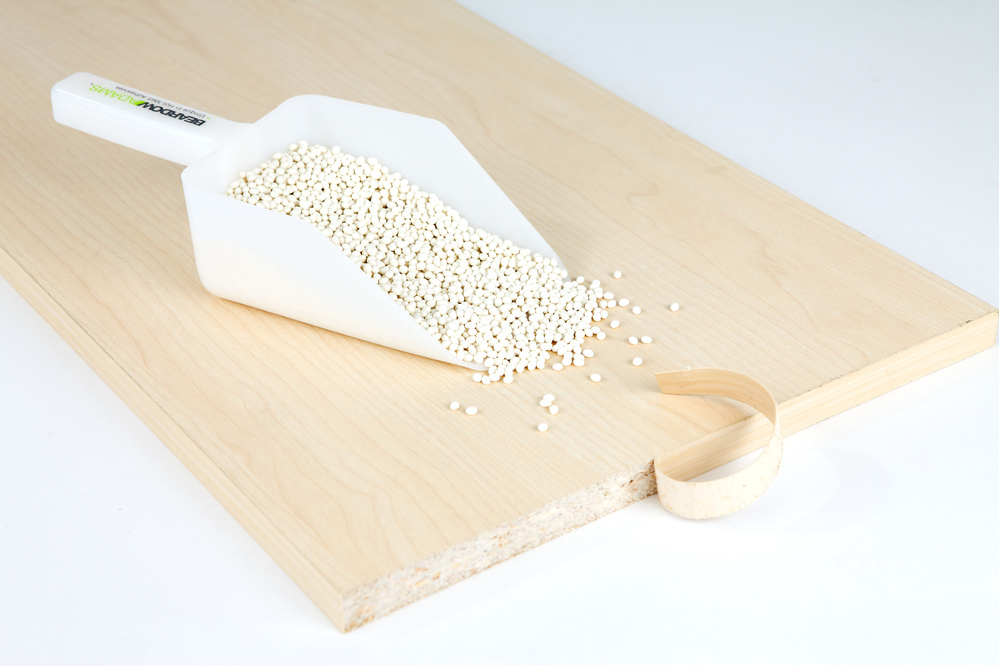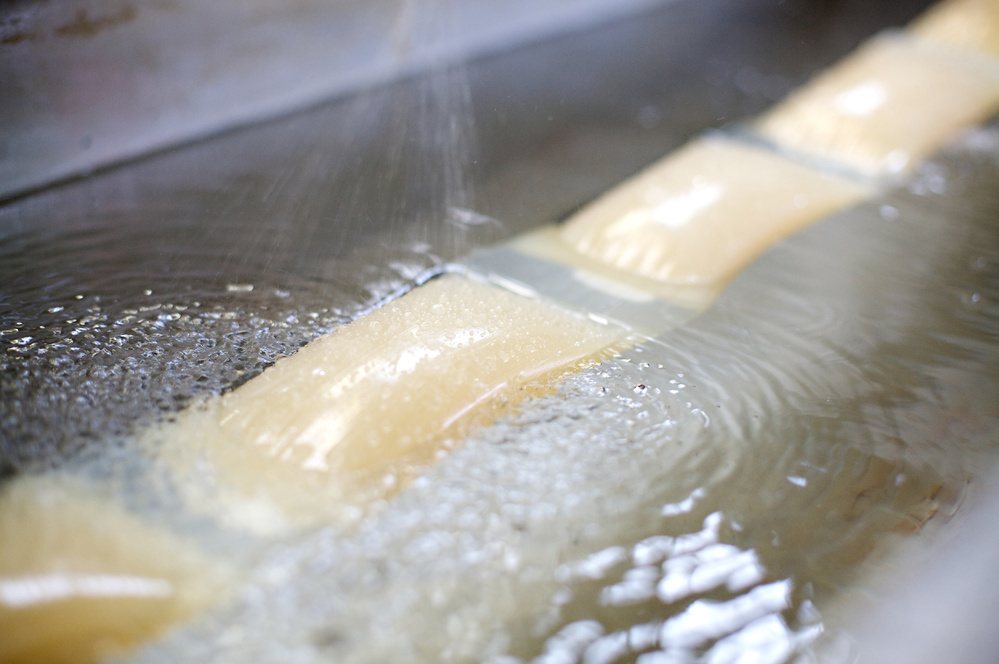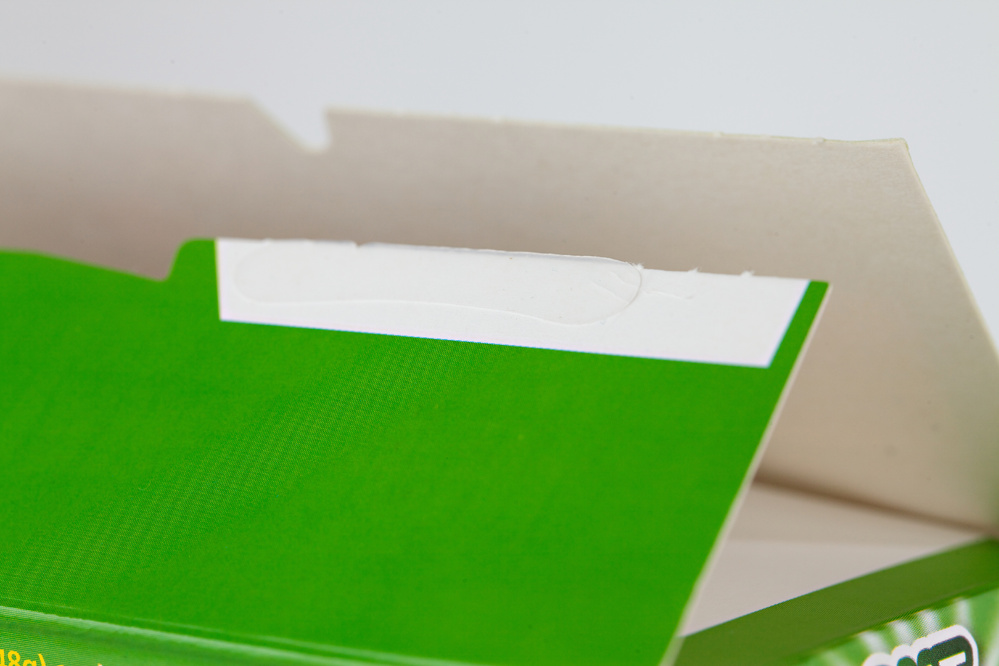Adhesion and possible problems
- What is adhesion?
- Types of adhesion
- Factors affecting the adhesion quality of hot-melt adhesives
- Problems that may occur when using a hot-melt adhesive
- Causes of poor adhesion in cold adhesives
When bonding any material, regardless of the type of adhesive, the result is important, i.e. the strength of the adhesive line, its resistance to various external influences and its durability. This is due to the adhesive property. In the article we will consider what it means, what affects it, why it may turn out poor and how to deal with it.
What is adhesion?
In general, adhesion refers to the process by which surfaces bond together. In relation to adhesives, adhesion refers to the strength with which materials bond to each other. This is achieved by using the correct adhesive for the surface type. If the adhesive is not suitable for the material in question, it will not adhere. This will result in the surfaces falling apart and the final product being undurable.

Types of adhesion
There are three main types of adhesion depending on the mechanism of formation of a strong bond between materials:
- Physical adhesion is caused by electromagnetic forces, resulting in an attraction between the molecules of the work surface and the adhesive. This method ensures that the materials are firmly attached to each other. A prime example of such adhesion is pressure-sensitive adhesives used in the manufacture of various adhesive tapes (duct tape, insect sticky traps, and so on).
- Chemical adhesion occurs when a chemical reaction takes place at a molecular level between the surface to be treated and the adhesive, resulting in the materials being firmly fixed together. One of the best-known examples of this type of adhesion is epoxy adhesive, which can consist of two or more components.
- A two-component adhesive consists of an epoxy resin and a hardener. Before application, these two components are mixed together to produce a chemical reaction that creates a very strong bond.
- Mechanical adhesion is the process by which an adhesive penetrates all the pores, irregularities and cracks of a material — even the microscopic ones — filling them and forming a durable bond. Mechanical adhesion is particularly effective when bonding fibrous, porous materials such as paper, cardboard, fabric and wood. A good example of this is traditional PVAc (polyvinyl acetate) water-based glue. Once dry, it provides reliable and durable adhesion of surfaces.
- The following focuses on the adhesion of the most common types of adhesive used in industry and households: cold (water-based) adhesives and hot (hot-melt) adhesives.
For reference, hot adhesives must be melted at a certain temperature in special equipment before application, whereas cold adhesives are ready for use at room temperature.
Factors affecting the adhesion quality of hot-melt adhesives
It is important to observe certain conditions during bonding for good adhesion when working with any adhesives, particularly hot-melt adhesives. The following factors influence the outcome of the fixation process:
- The temperature at which the adhesive is applied. There are different types of hot-melt adhesive depending on the composition's base, and each type has its own operating temperature, which is usually in the range of 120 – 210°C. If the temperature is lower than recommended, the adhesive will not melt properly and will not adhere properly when applied. At higher temperatures, the adhesive properties may change and the adhesive may start to burn, which will inevitably affect adhesion.
Did you know that hot melt adhesives fall into two main categories: high-temperature and low-temperature? The former melts at around 190 – 220°C and is suitable for use with metal, dense cardboard and wood. The second category melts at around 120 – 160°C and is suitable for temperature-sensitive materials such as film, decorative elements and handmade jewellery.
- The specific characteristics of the surfaces to be treated are their humidity and temperature. Proper adhesion will be prevented and the strength will be reduced if the material is too wet. If the surface temperature is higher than recommended, the adhesive will take longer to set. If it is lower, it will cool too quickly to form a strong bond.
- Properties of the surfaces to be treated. As we have already mentioned, hot-melt adhesives are produced from various bases, such as polyolefin, polyurethane, EVA and so on. Each one is characterised by its own features, which should match the properties of the materials. For porous surfaces such as polyurethane foam, pressure-sensitive adhesives are suitable, whereas other types may not produce the desired result.
- External influences and environmental conditions. These include room humidity and temperature, draughts, mechanical influences, and so on. All of these factors have a direct impact on adhesion and can significantly impair it.
In other words, certain rules must be followed when working with hot-melt adhesive (we have these on our website, as well as in the manufacturer's technical description) in order to achieve the desired result and strong adhesion.

Problems that may occur when using a hot-melt adhesive
Problems often arise when working with hot-melt adhesives, especially in industrial conditions. The main cause is failing to follow the application recommendations or the manufacturer's instructions. In the following section, we will address the most common problem scenarios, explore their underlying causes, and provide solutions.
|
Problem |
Cause |
Possible solution |
|
The material isn't holding up — it's coming apart. |
The adhesive cooled too quickly, so it did not have time to form a strong bond. |
Check the temperature of the adhesive, the surface and the room. Make sure there is enough adhesive and that its open time is suitable for your work. |
|
Chemical, physical or mechanical effects on materials. |
Do not allow the surfaces to be bonded to come into contact with anything until they are securely fixed. |
|
|
Uneven application. |
Apply the adhesive with a layer of recommended thickness. |
|
|
The surfaces have moved out of place or have not been pressed down properly. |
Do not displace the materials and ensure that sufficient pressure is applied to secure them. |
|
|
The wrong adhesive has been selected for the material in question. |
Make sure you observe the properties of the surface and the adhesive before you start working. |
|
|
There are threads running from the applicator |
The adhesive has not yet reached its operating temperature. |
Adjust the heating temperature. |
|
The room is draughty and too cold. |
Ensure that the environmental conditions recommended by the manufacturer are met. |
|
|
The nozzle is positioned a considerable distance from the surface being treated. |
Make sure you set up your workspace properly. |
|
|
The application method does not correspond to the type of adhesive used. |
Choose the right adhesive for the equipment. |
|
|
The equipment broke down. |
Inspect and repair the equipment. |
|
|
There is only a small amount of adhesive in the applicator head. |
The equipment is not powerful enough; the adhesive is melting too slowly. |
Either change the settings or try a different brand of adhesive. |
|
Low melting point. |
Set the temperature. |
|
|
There is hardly any adhesive left in the tank. |
Add the adhesive. |
|
|
There is low voltage on the applicator. |
Check that the equipment is in good working order and repair any breakdowns. |
|
|
The adhesive gets stuck in one of the units. |
Ensure that the shape and size of the solid adhesive are suitable for your equipment. |
|
|
A distinctive smell or vapour becomes noticeable |
The melting point is too high. |
Check the settings and the condition of the thermostat and heater. Make sure that the tank is regularly cleaned of soot. |
|
The hot-melt adhesive changes its colour |
The adhesive has been contaminated. |
Clean the tank of any residue from spoiled adhesive, then refill it with a new batch. |
|
The adhesive structure is destroyed due to high temperatures. |
Adjust the temperature values. |

Causes of poor adhesion in cold adhesives
Adhesion problems can also occur with dispersion adhesives. The most common causes of this phenomenon are listed below.
- You either apply too little or too much adhesive, or you do not apply it over the entire surface of the workpieces;
- the surface has not been cleaned beforehand, so there are foreign particles on it that prevent good adhesion;
- the equipment is worn out and needs to be repaired or replaced;
- the pressure on the parts is too weak;
- the adhesive is not suitable for treating these materials;
- the adhesive is too cold, for example due to incorrect storage in a warehouse;
- several types of adhesive have been mixed together;
- the adhesive is too runny;
- high humidity of the treated surface, errors in its preparation, and so on.
To ensure excellent adhesion when using cold or hot-melt adhesives, we recommend reading the manufacturer's instructions on the label and following them strictly before use. If you have any questions about using adhesives, our specialists will be happy to help.






